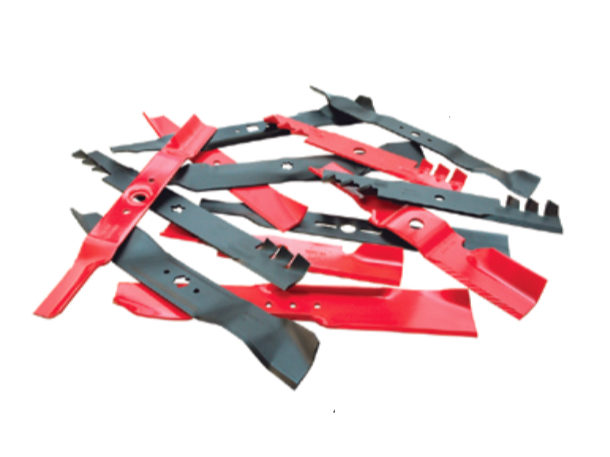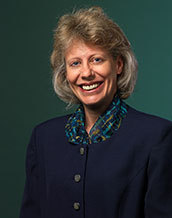3PL helps mower blade supplier sharpen its game

Rotary Corp. has come a long way since the days when company founder J.D. Harvey sold replacement parts to lawn mower dealers and auto parts stores from the trunk of his car. What started in 1957 in Harvey’s Southeastern Georgia garage has grown into the world’s largest supplier of outdoor power equipment parts, tools, and accessories, with eight regional DCs nationwide and an affiliated manufacturing division.
Now based in Glennville, Georgia, the company has long prided itself not just on its parts but also its service—which includes a promise of same-day shipping on most orders. But as its sales grew and operations expanded, Rotary struggled to maintain its high service levels while keeping rising logistics-related costs in check.
For help tackling those challenges, Rotary turned to its long-time partner Transportation Insight, a Hickory, North Carolina-based third-party logistics services company (3PL) that specializes in logistics optimization. After a review of Rotary’s end-to-end supply chain, company leaders agreed on a multiphase plan that included a process overhaul; the establishment of a “Co-managed Logistics partnership,” in which Rotary’s logistics team handles the day-to-day shipment execution with tools and technology provided by the 3PL; and ongoing support services, such as the implementation of continuous improvement initiatives throughout the enterprise.
OPERATIONAL OVERHAUL
Based on the results of the initial evaluation, the partners decided to tackle freight spending first—beginning with Rotary’s small-parcel spend and later expanding to less-than-truckload (LTL) and full truckload expenditures. The 3PL’s first move was to fine-tune its client’s carrier base, reducing costs initially through a strategic carrier-sourcing program. Once that step was completed, Transportation Insight took over ongoing responsibility for negotiating and managing carrier contracts on Rotary’s behalf. It also took charge of freight bill auditing and payment for its client, auditing all invoices to within $0.05 of Rotary’s contracted carrier rates and helping it resolve any discrepancies that arise.
Next on the docket was automation—specifically, automation of the many transportation-related functions—including procurement, documentation, and tracking—Rotary had been handling manually. Transportation Insight worked with its client to implement Insight TMS, the 3PL’s cloud-based transportation management system, which Rotary now uses to tender outbound shipments, manage the documentation required for shipments and loads, and monitor order status in transit.
To help control costs on the inbound side, Transportation Insight also implemented a user-friendly vendor routing compliance solution for Rotary. Among other capabilities, the software directs suppliers to a portal on Rotary’s website to find preferred carriers and provides real-time routing designed to minimize freight costs.
The process overhaul wasn’t limited to the freight side, however. While its logistics experts were concentrating on Rotary’s transportation operations, Transportation Insight’s lean consulting experts were working with the supplier to boost productivity inside the warehouse. As part of that project, which included optimizing order pickers’ paths and maximizing the use of floor and shelf space, the 3PL worked with Rotary to reduce its spending on corrugated packaging and associated supplies.
DOUBLE-DIGIT FREIGHT SAVINGS
As for how the program has been working out, the results are downright impressive. According to Transportation Insight, the annual financial impact includes logistics cost reductions of 20.2% on parcel shipments, 8.2% on truckload shipments, and 24.0% on LTL shipments and what it calls “carrier rate increase avoidance.” That’s on top of 1.1% in administrative cost savings (all modes) and 2.9% in “invoice-error cost avoidance (all modes).” The company has also realized a 15.48% reduction in its corrugated packaging costs.
Given the extent of the savings, it’s little surprise that Rotary’s leaders give their 3PL partner positive reviews. “Every component of the Transportation Insight solution has proven invaluable as Rotary continues to grow its customer base, deliver shipments on time with excellence, … mitigate increasing supply chain costs, and remain the market leader in the outdoor power equipment replacement parts industry,” Donald Fountain, Rotary Corp.’s vice president of operations, said in a statement.
Related Articles

Recent Articles by Karen Bachrach
Copyright ©2024. All Rights ReservedDesign, CMS, Hosting & Web Development :: ePublishing